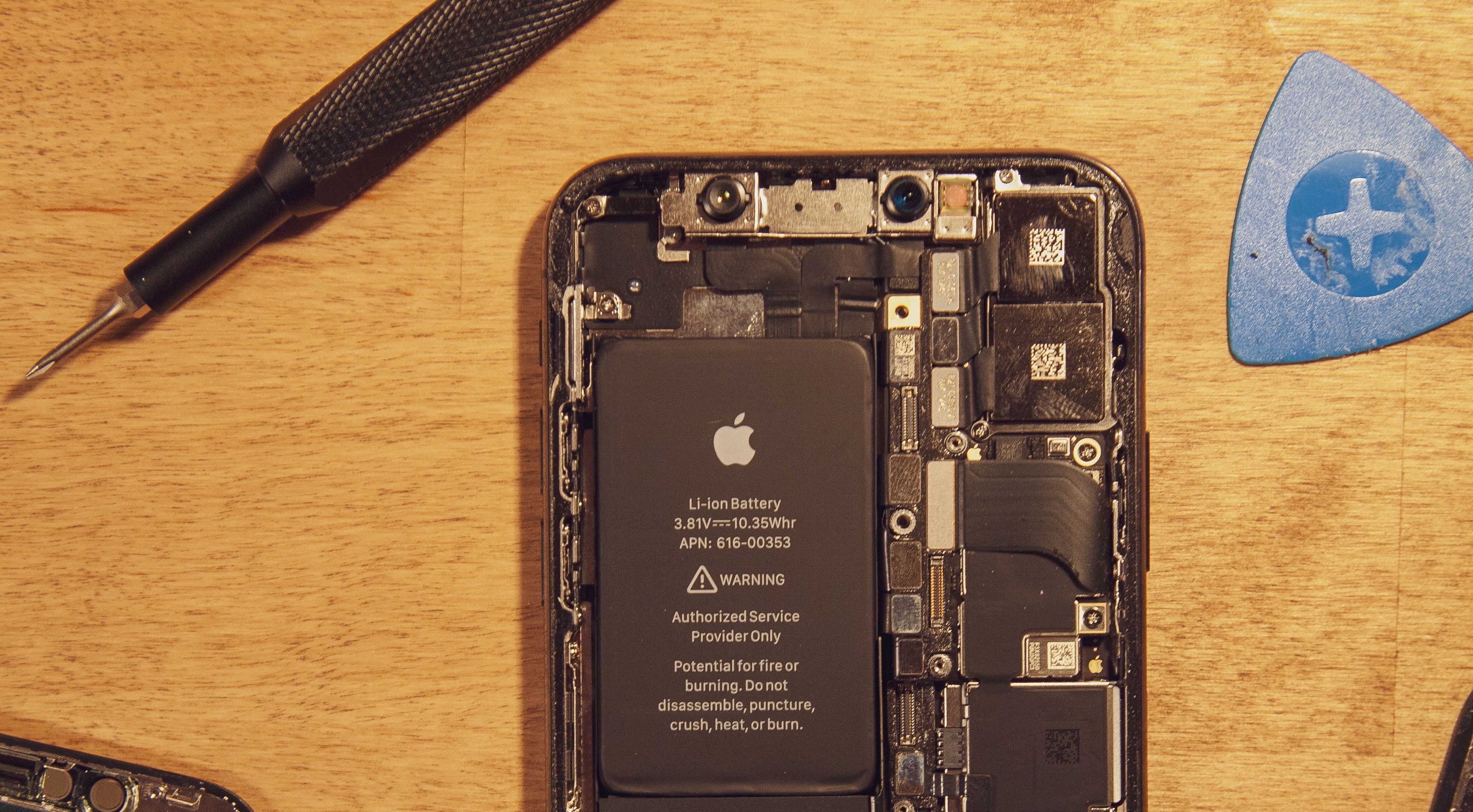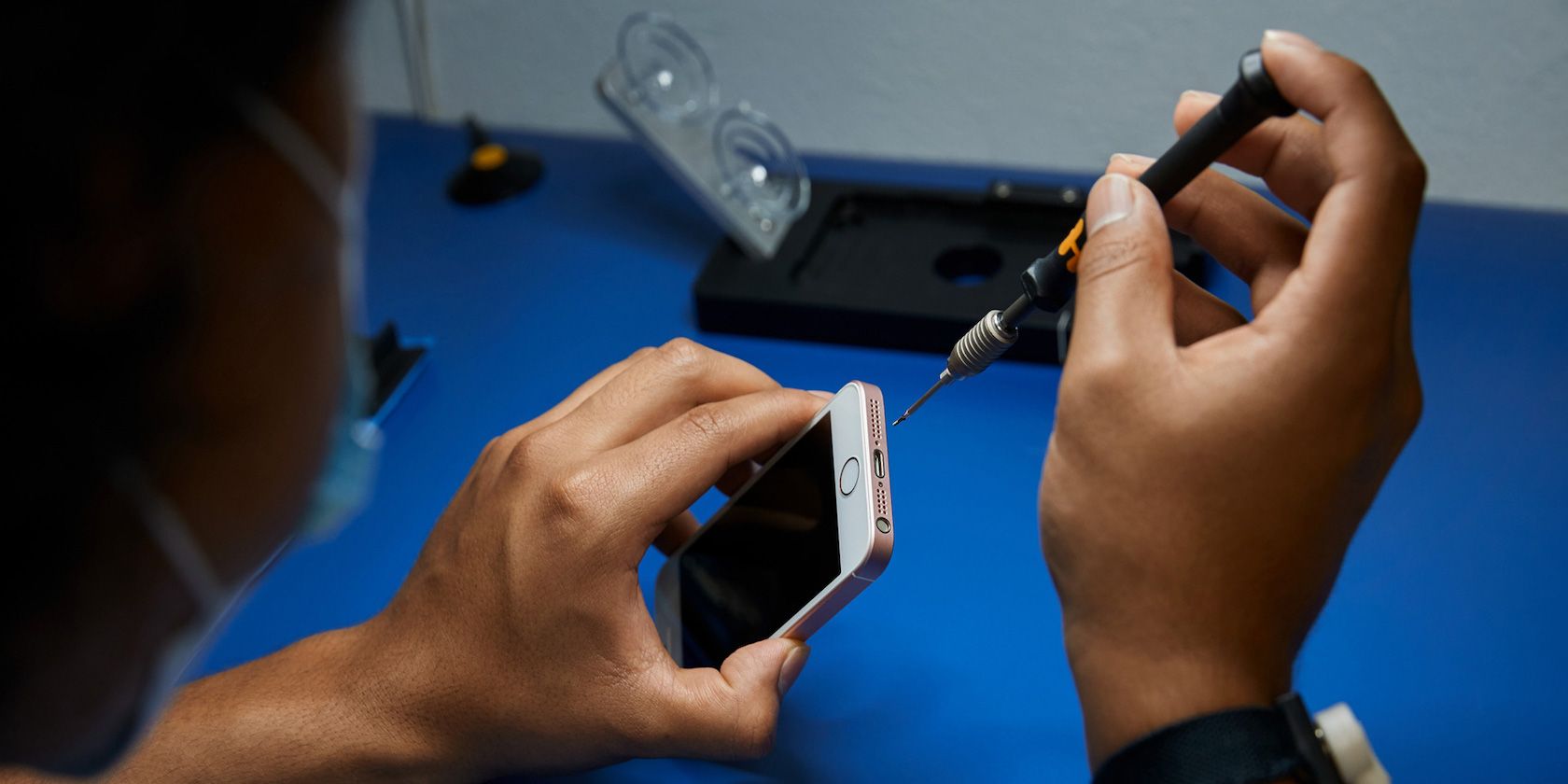After years of carefully taking care of your iPhone, it’s finally reaching the end of its lifespan. Sometimes, the battery won’t stay charged for long. Other times, the buttons aren’t working the way they should. Either way, you still want another few years with your phone, and you’re determined to bring it back to life.
When you reach the repair store, you’re confronted with a difficult question: OEM or aftermarket parts? But, what do these terms actually mean?
OEM vs. Aftermarket Parts: What’s the Difference?

Original Equipment Manufacturer (OEM) parts are iPhone parts made by Apple itself. However, they’re not necessarily from Apple directly. Many third-party iPhone repair companies acquire OEM parts salvaged from second-hand iPhones.
Meanwhile, companies outside of Apple produce aftermarket parts, which are made to work with iPhone devices.
One of the primary advantages of using OEM parts is the higher likelihood of compatibility and superior fit. However, just because they’re manufactured by Apple, it doesn’t mean they’re perfect for your phone. Furthermore, since Apple does not authorize the sales of OEM parts, there’s no quality control on the ones available on the market today.
Aftermarket parts made by other companies are widely available because Apple refuses to sell brand new, official parts. Some of the most commonly sold aftermarket parts are LCD screens, which are often one of the first parts of an iPhone to break.
Surprisingly, aftermarket doesn’t necessarily mean bad quality. On the contrary, among aftermarket producers, some brands have built a solid reputation of being almost indistinguishable from non-Apple trained technicians.
When done right, both OEM and aftermarket parts can lead to a functional iPhone. However, whether or not they remain working for long is another story. Unless you go to an Apple authorized repair center, third-party parts are never guaranteed to work up optimally for long.
Alternatives to Repairing Your iPhone
If all this talk about OEM and aftermarket parts has gotten you nervous, don’t fret. If you’re definitely convinced that the repair isn’t worth risking your device, you can consider other options.

Authorized Repair Centers
Instead of going straight to third-party repair centers, consider making an appointment at an Apple authorized repair center first. While the quotation will definitely be higher than other repair centers, your iPhone will be repaired to a very high standard. Apple repairs iPhones regardless of warranty status, all while making sure all parts are original. In addition, your device will be further qualified for future device callbacks and trade-ins.
Trade-In Your Old iPhone
If the price tag for repairing your device through an authorized repair center makes you panic inside, don’t worry. Oftentimes, it may just be a sign that it’s time to upgrade to a new product. In fact, you can opt to trade in your old iPhone in exchange for credits towards your new phone. Trading in your iPhone doesn’t just give you credits but also helps avoid electronic waste. In some cases, traded-in iPhones go back into the pool of iPhones that are refurbished and resold.
Buy Refurbished
These days, Apple knows that not everyone can afford the hefty price tag that comes with their phones. For this reason, they have started offering the option to buy Apple-certified and refurbished iPhones. By buying refurbished, you can have a discounted iPhone inclusive with an Apple warranty while reducing electronic waste in the environment.
Alternatively, you may also buy refurbished iPhones from third-party sellers as well. However, similar to having your device repaired by them, there is very little protection if it breaks or does not work properly.
Understand What's in Your iPhone
For many of us, our mobile phones are practically extensions of ourselves. Not only do we use it for things like work or school, we also depend on it for entertainment and connecting with people that we love.
While it’s true that OEM and aftermarket parts are not always perfect, good quality ones can be good enough to keep your phone up and running for longer on a budget. However, it’s always good to consider your other options.